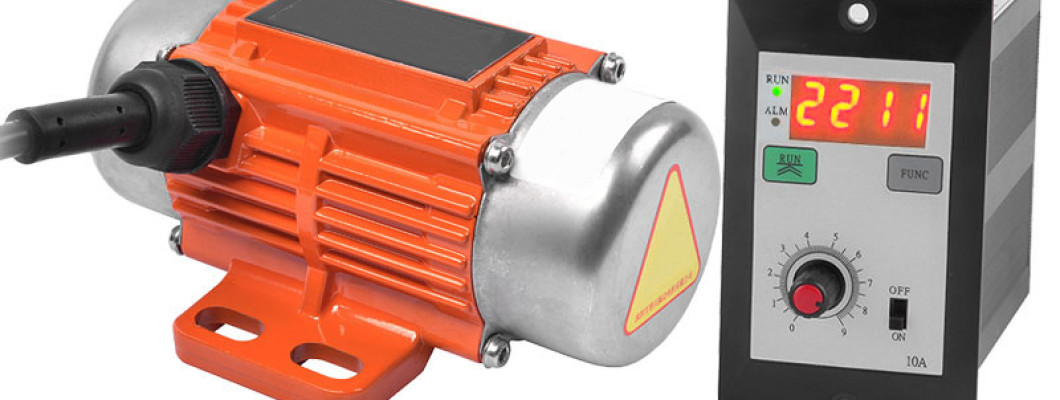15 Jul


0 Comment(s)
4720
Generally speaking, a vibration motor has a certain operating power, which is called the rated power, the unit is watts (W). If the actual motor power exceeds the rated power of the vibration motor in some cases, this phenomenon is called motor overload.
The following are the reasons for the vibration motor overload.
1. Overload.
2. The voltage of the vibration motor is too high or too low.
3. The vibration motor is severely damp or corroded by corrosive gas for a long time, which reduces the insulation resistance.
4. The bearing of the vibration motor lacks of oil or is under dry grinding situation. Additionally, the rotor is mechanically misaligned, causing the motor current to exceed the rated value.
5. Failure of the mechanical transmission parts happens.
6. Analysis of other causes of vibration motor overload.
- The terminal voltage is too low.
This voltage refers to the voltage measured at the lead end of the motor stator when the vibrating motor is starting or running at full load, not the no-load voltage. When the vibrating motor is loaded, if the voltage decreases, the current will definitely increase, making the vibrating motor temperature too high. If the voltage is too low, the vibration motor will be forced to stop or run at a low speed and the current will increase sharply, which causes the motor to burn out.
The stator connection method does not meet the requirements.
When the wiring is not carried out according to the design regulations, if the star-connected 380V motor (three-phase asynchronous motor, AC vibration motor) is connected in a delta, the no-load current will be large and the motor will be burned instantaneously. What's more, if the delta-connected 380V motor is connected incorrectly for star connection with load operation (not no-load operation), low-speed operation due to the low voltage of the motor will cause a large current to burn the motor.
- Mechanical reasons.
When the motor is running at low speed or stops because of the falling of the bearing, the sweeping of the bore, or the excessive mechanical load, it causes the motor to burn out due to overcurrent.
- Improper selection and longer starting time.
There are many machines that have a large flywheel inertia, such as punching shears, centrifugal water throwers, ball mills, etc., when they start, the resistance torque is large, and the starting time is long. As a result, the motor is easy to damage. For such machinery, double squirrel cage, deep slot type, or wound rotor motors can be matched, whose starting current should be small and starting torque should be large. You can choose such vibration motors here.
- Manufacturing quality problems.
The possible causes of overload in the manufacturing process are mainly caused by the large stator and rotor air gaps, poor quality of cast aluminum for squirrel-cage rotor motors, and incorrect winding data. However, Peaco Support as a trusted supplier will not let the poor quality vibration motors flow to the market and will take responsibility for customers worldwide.

